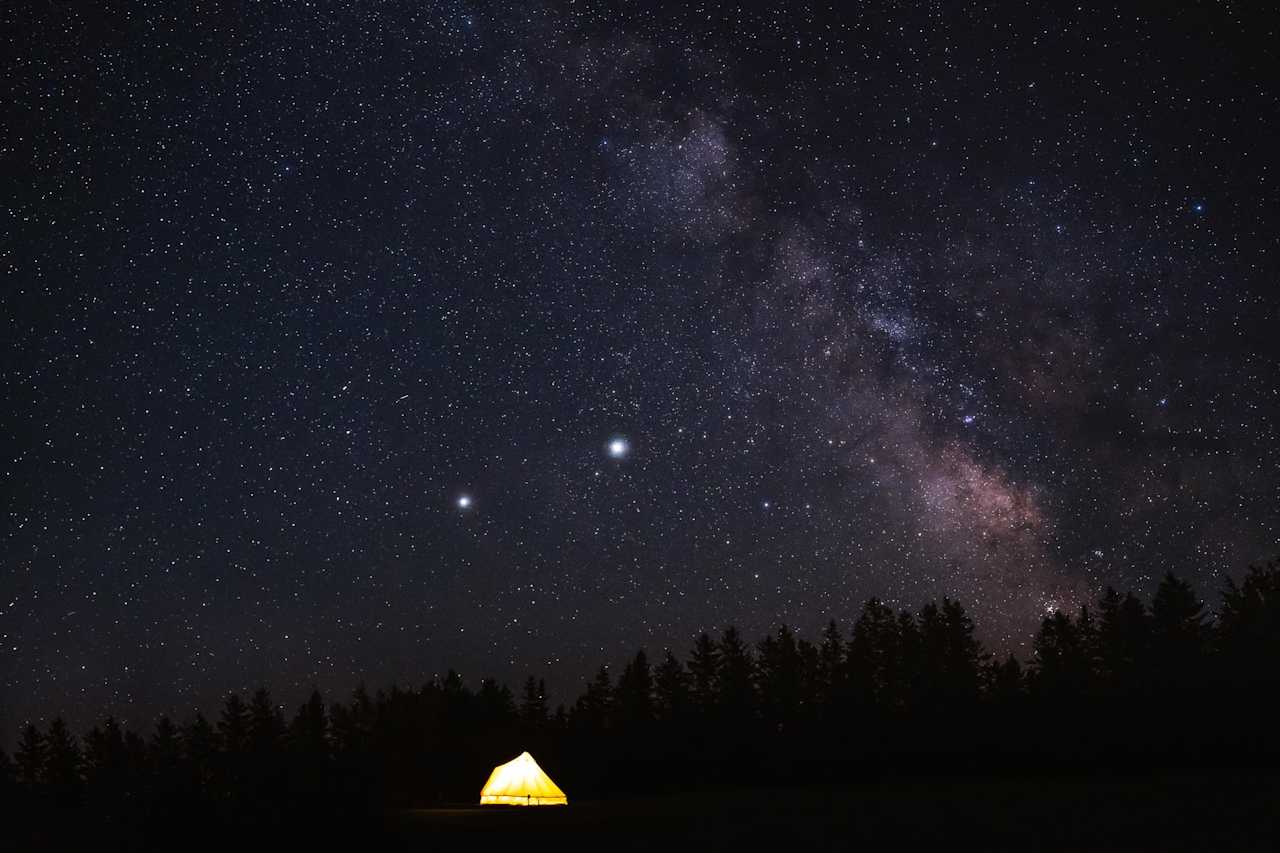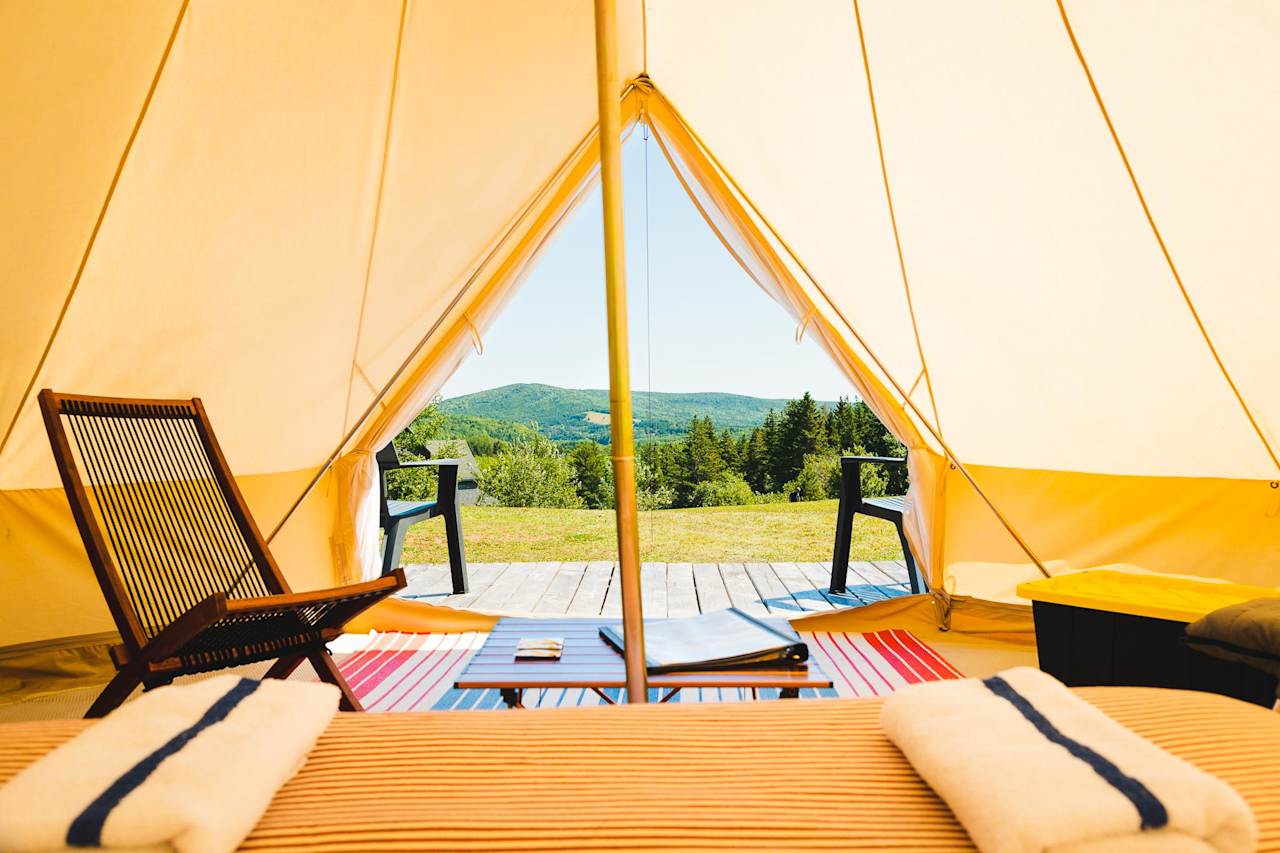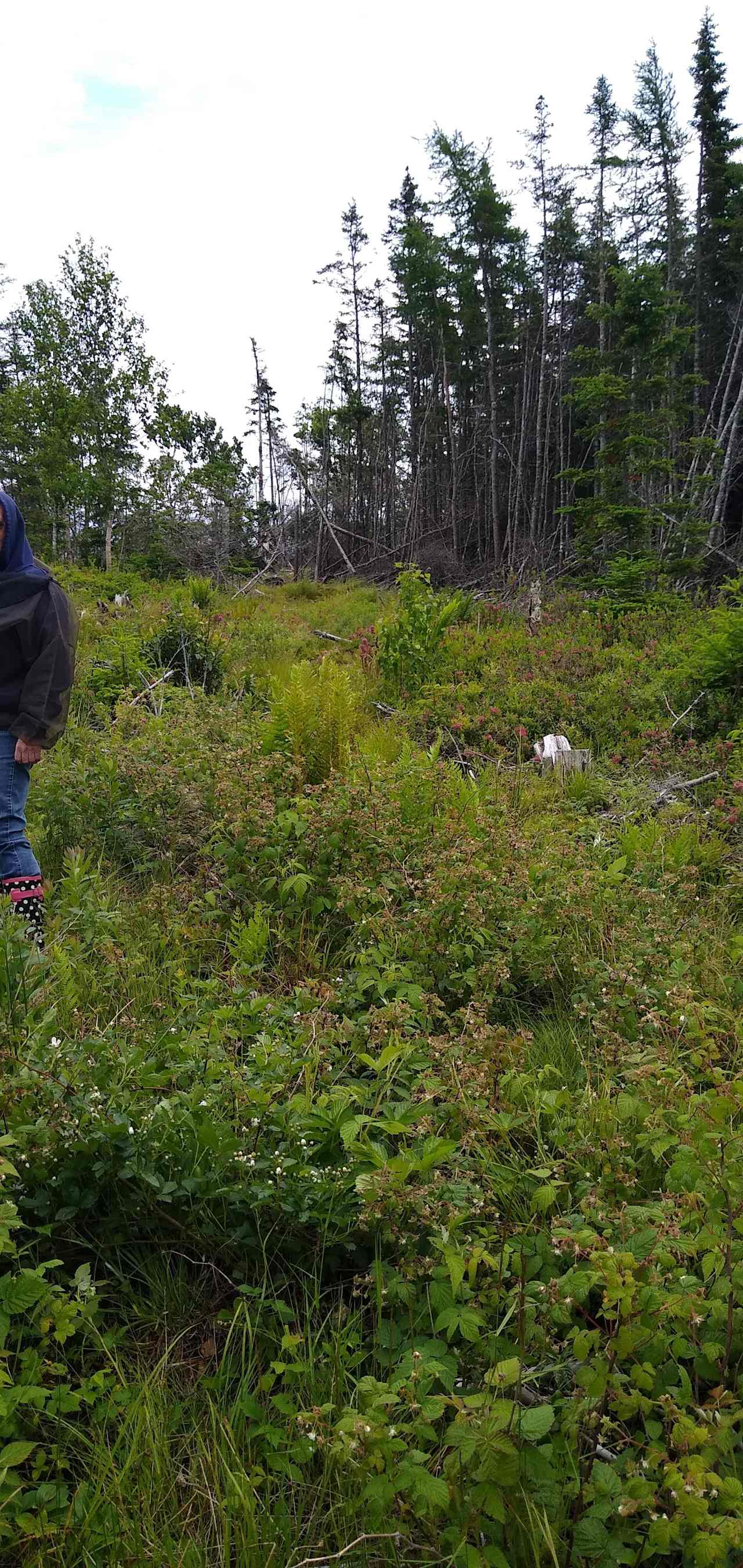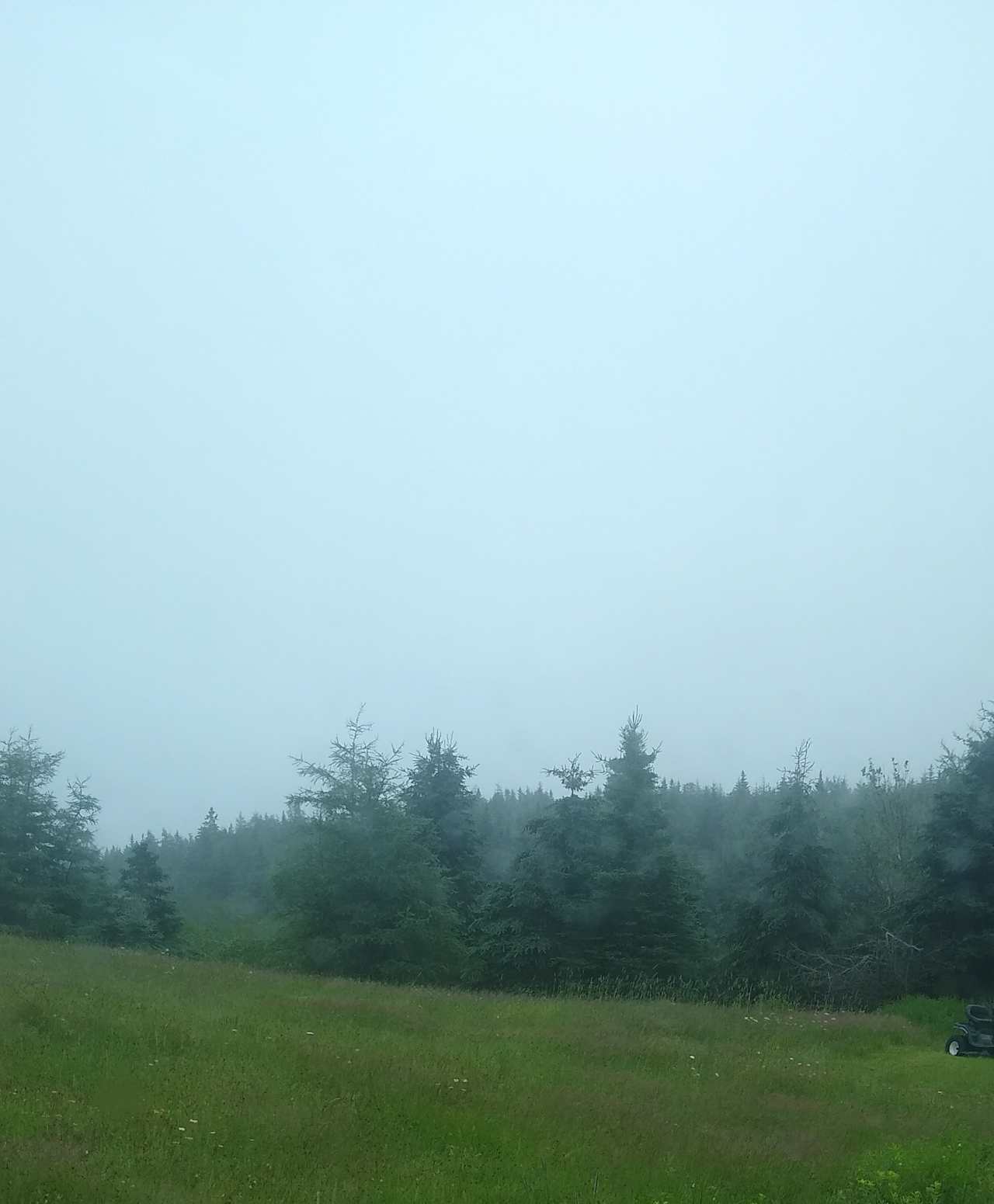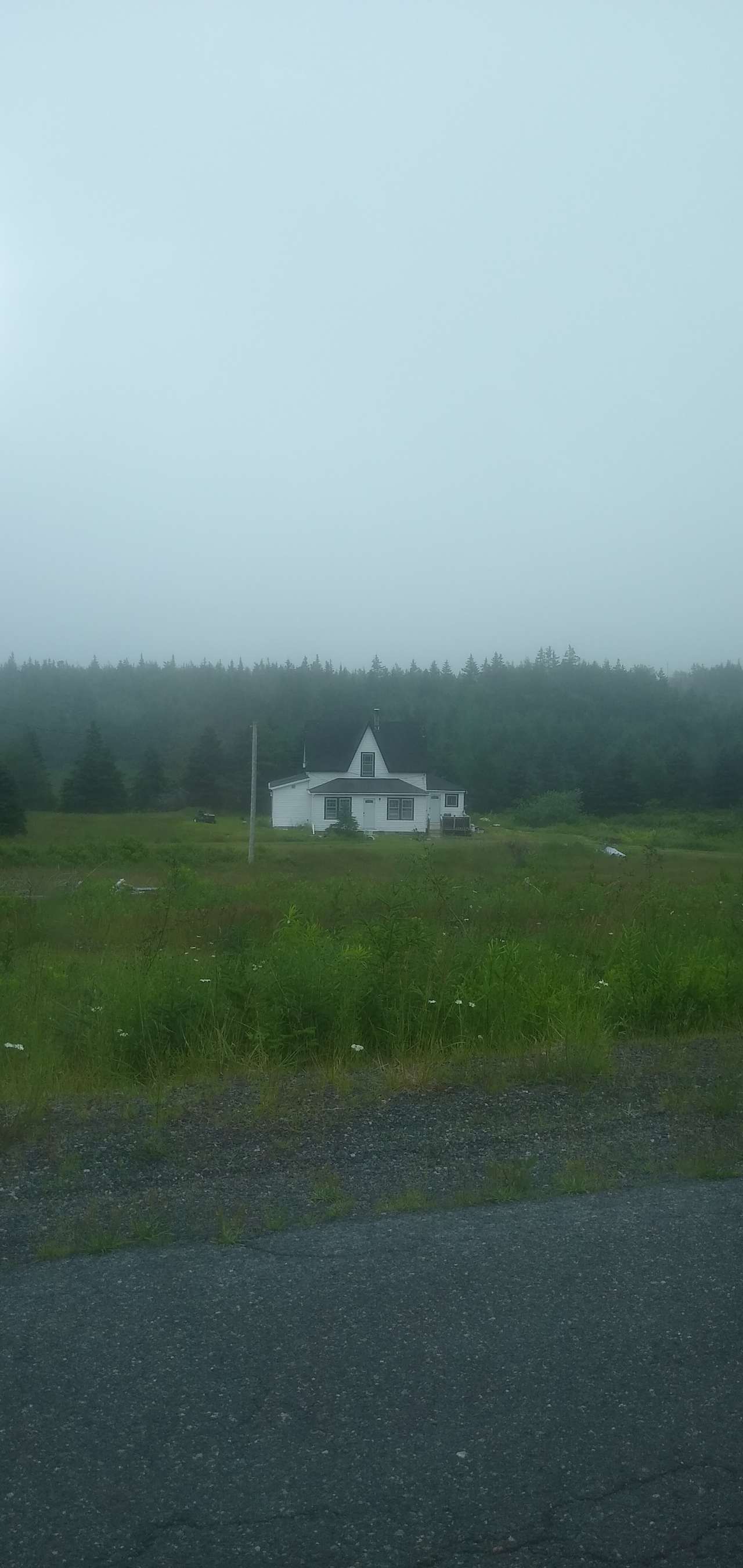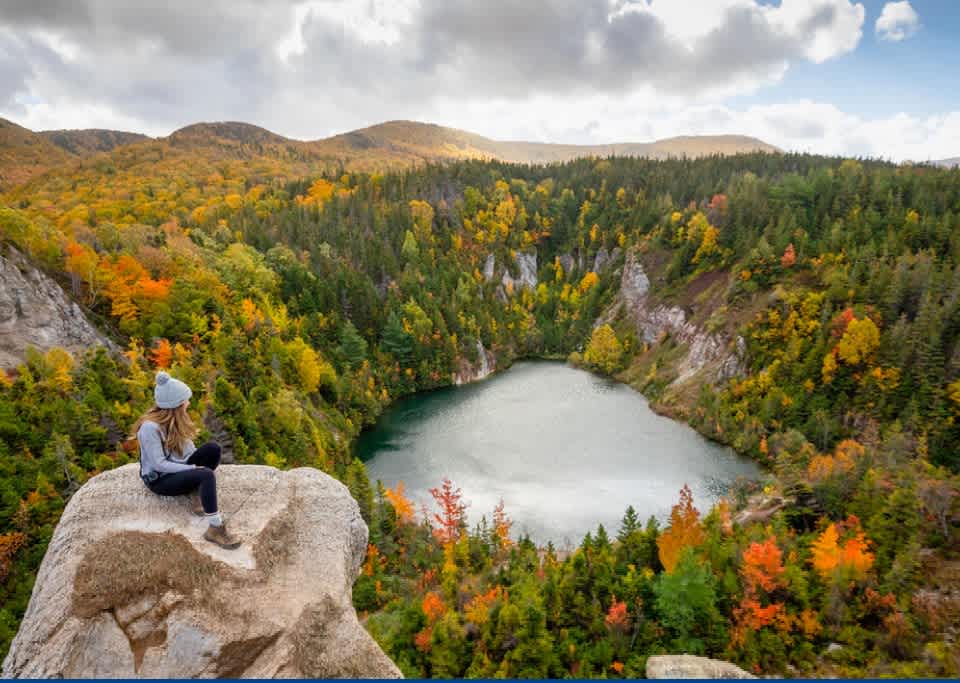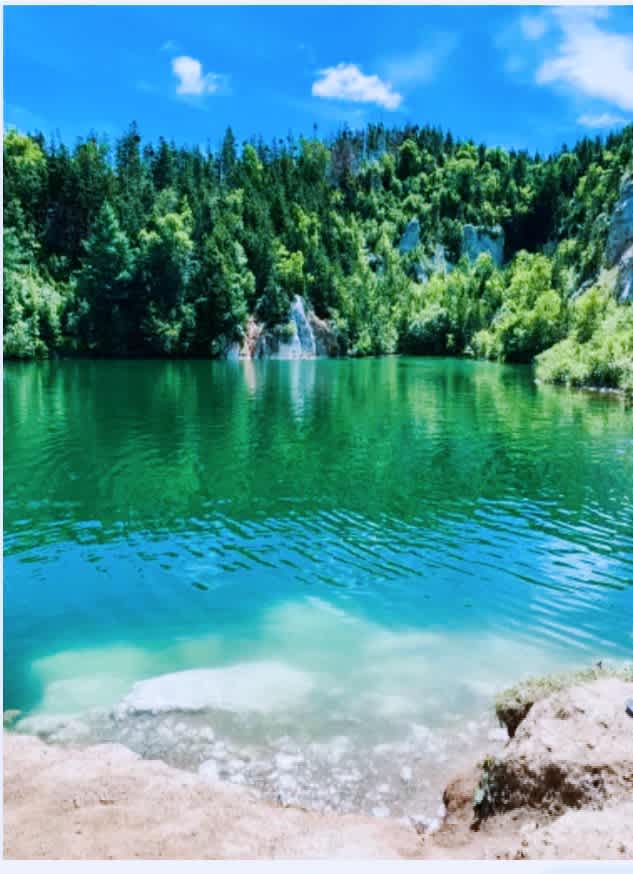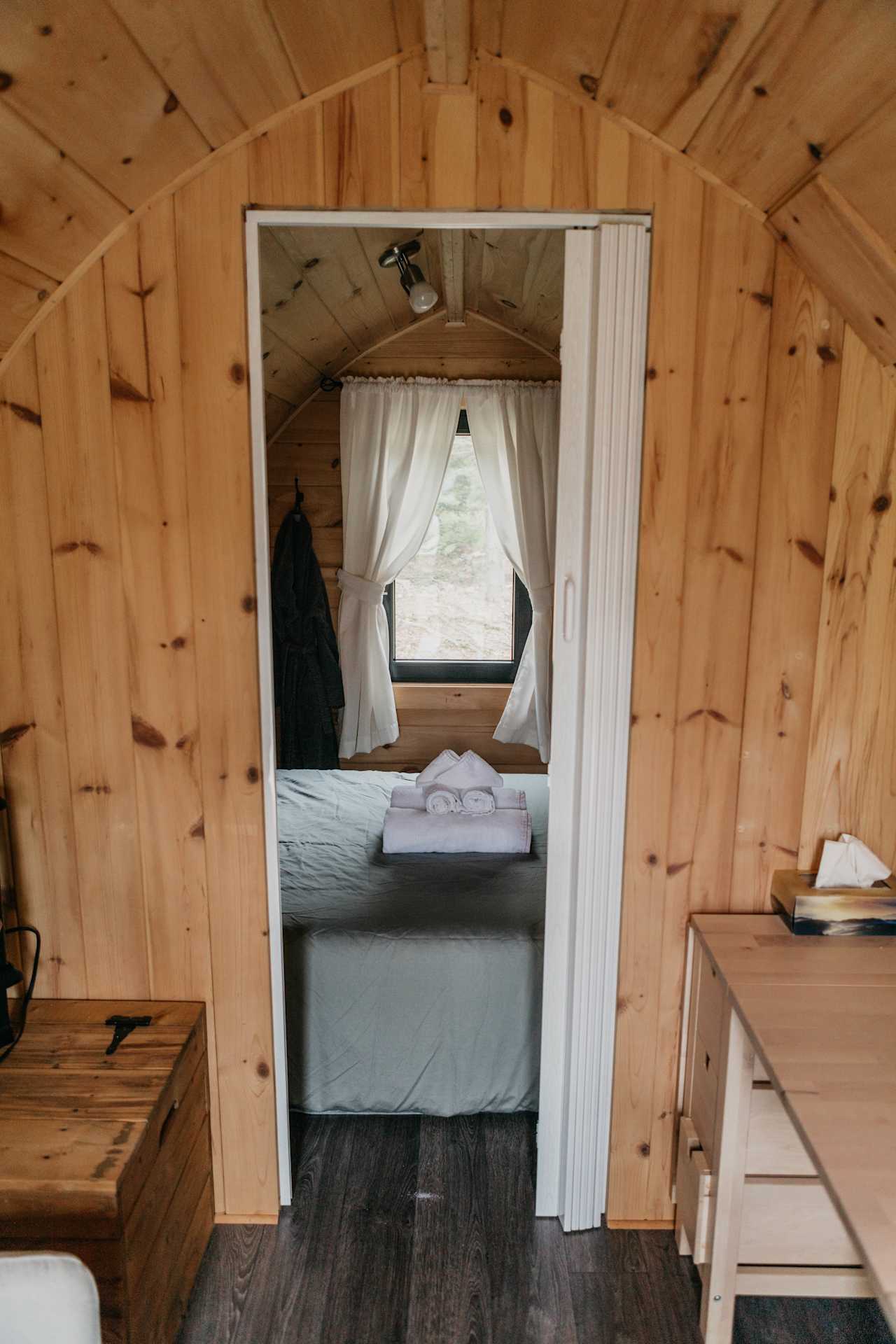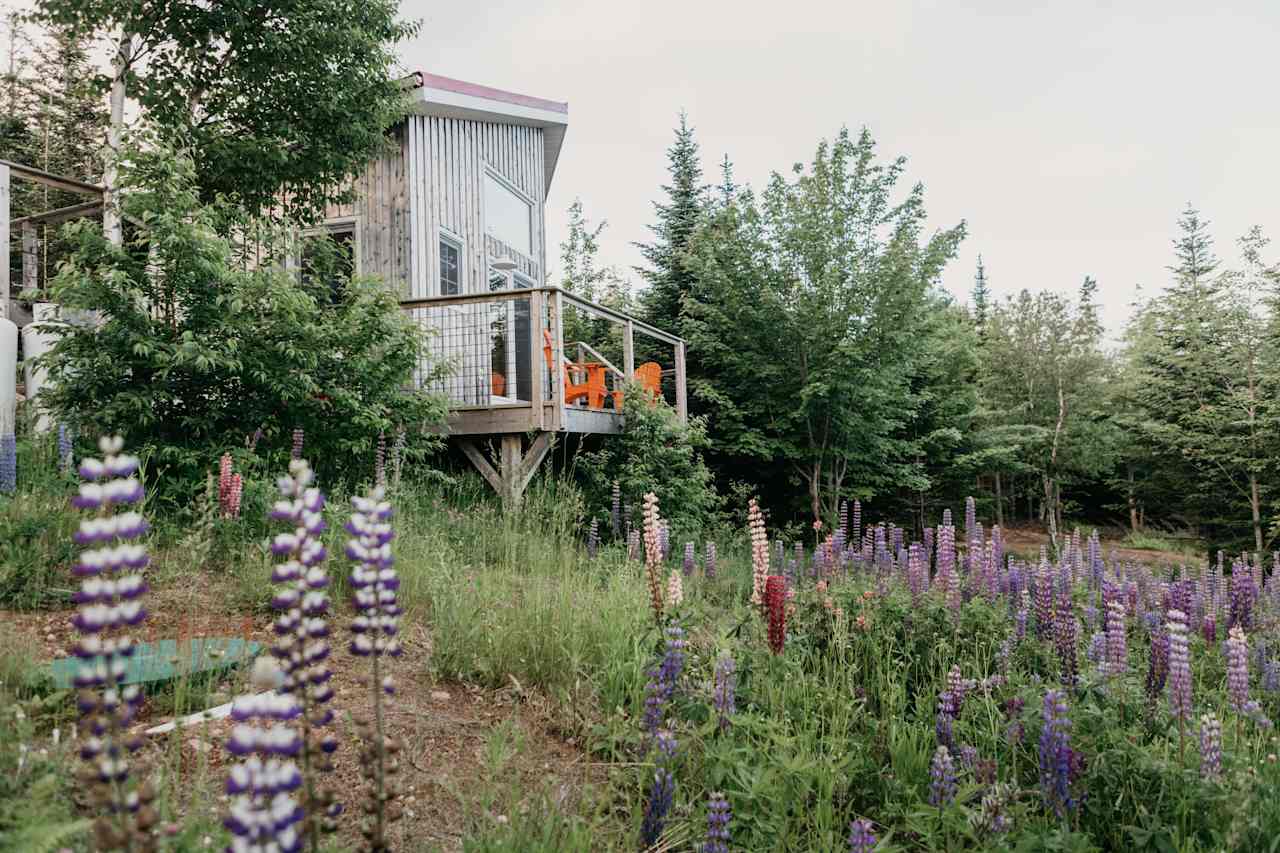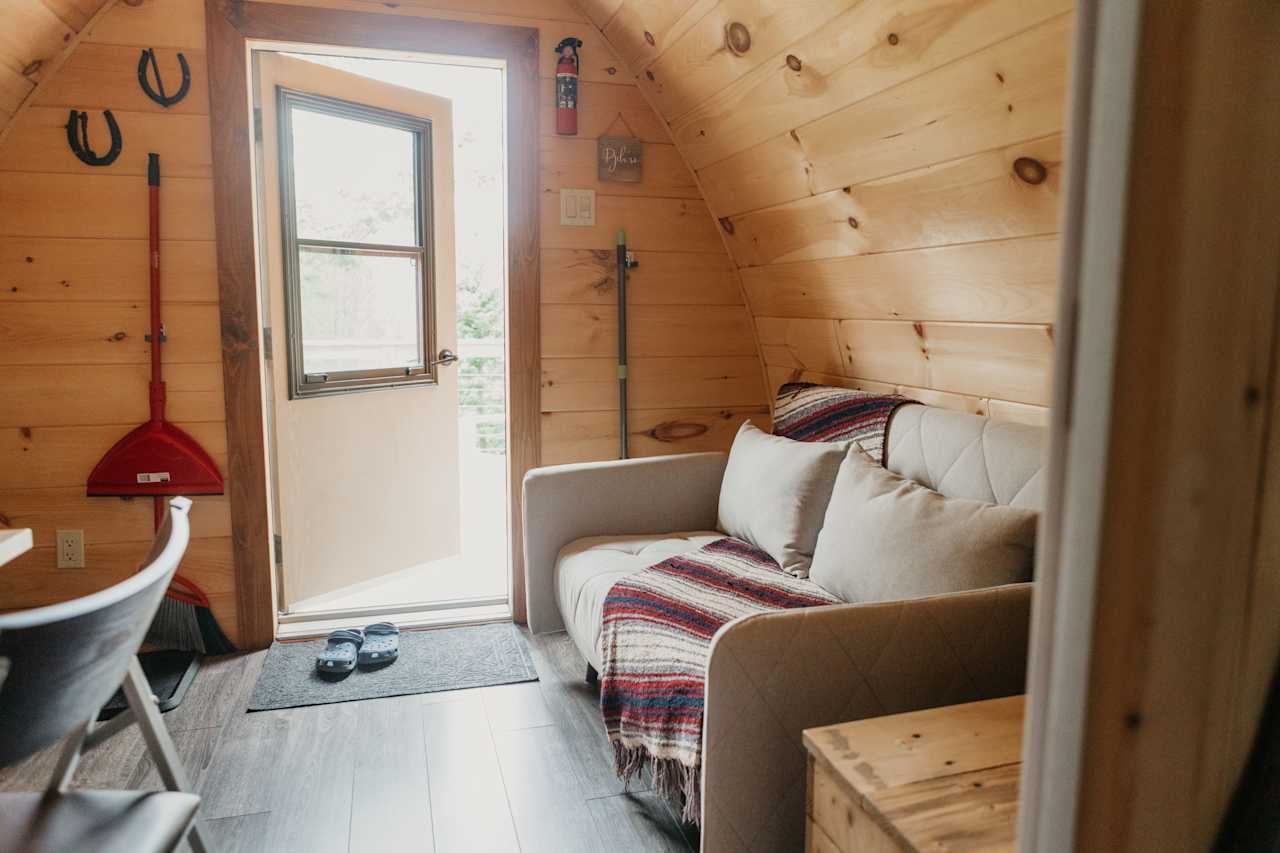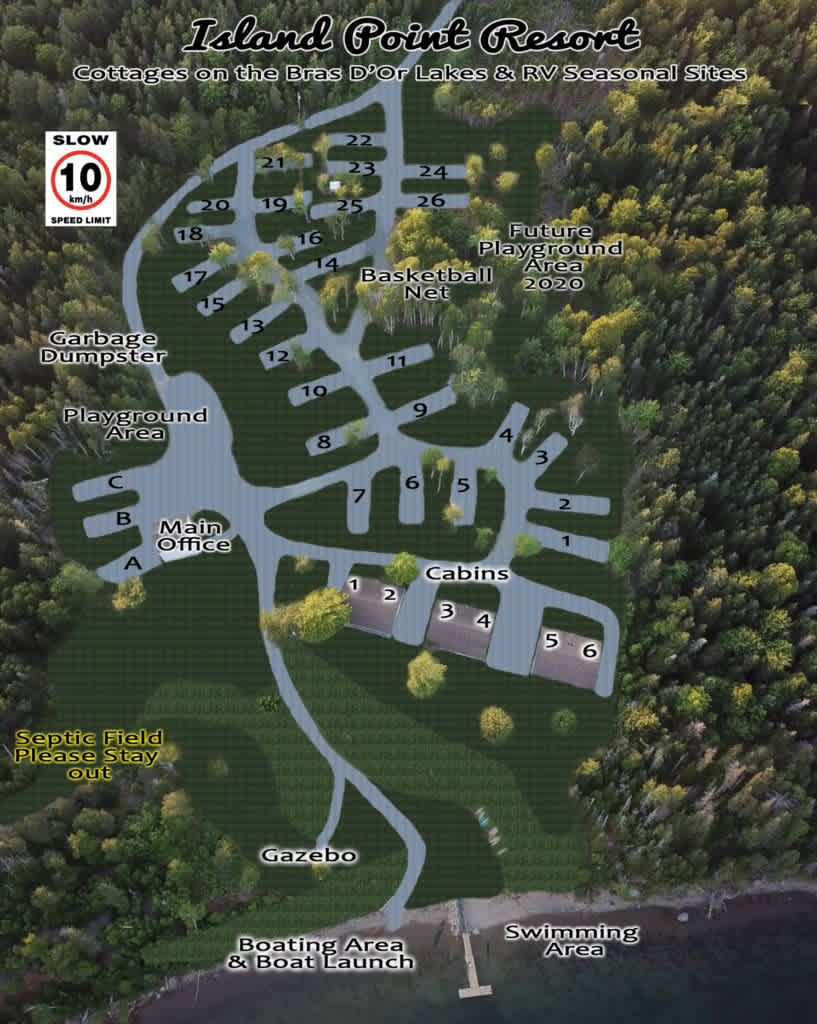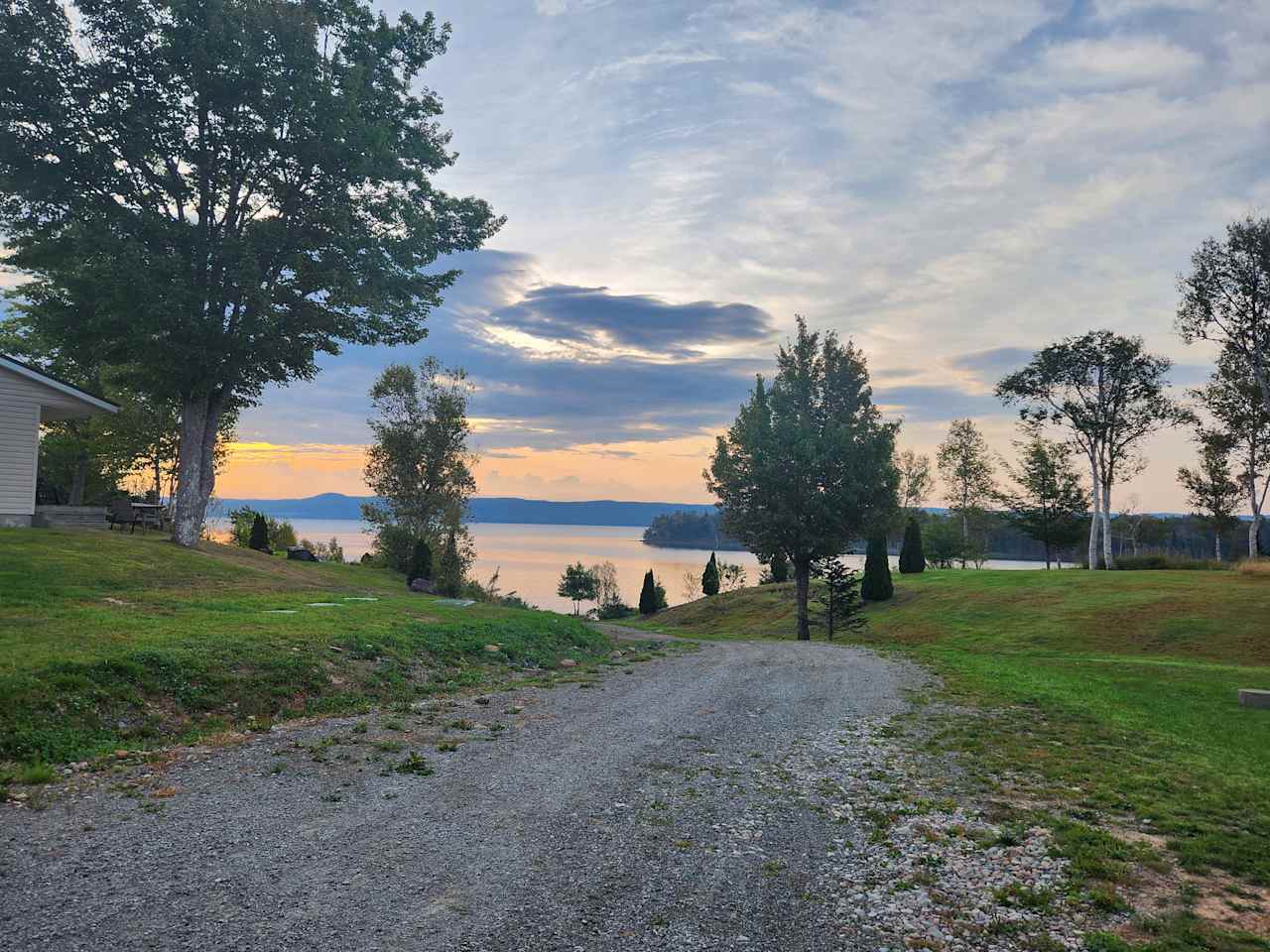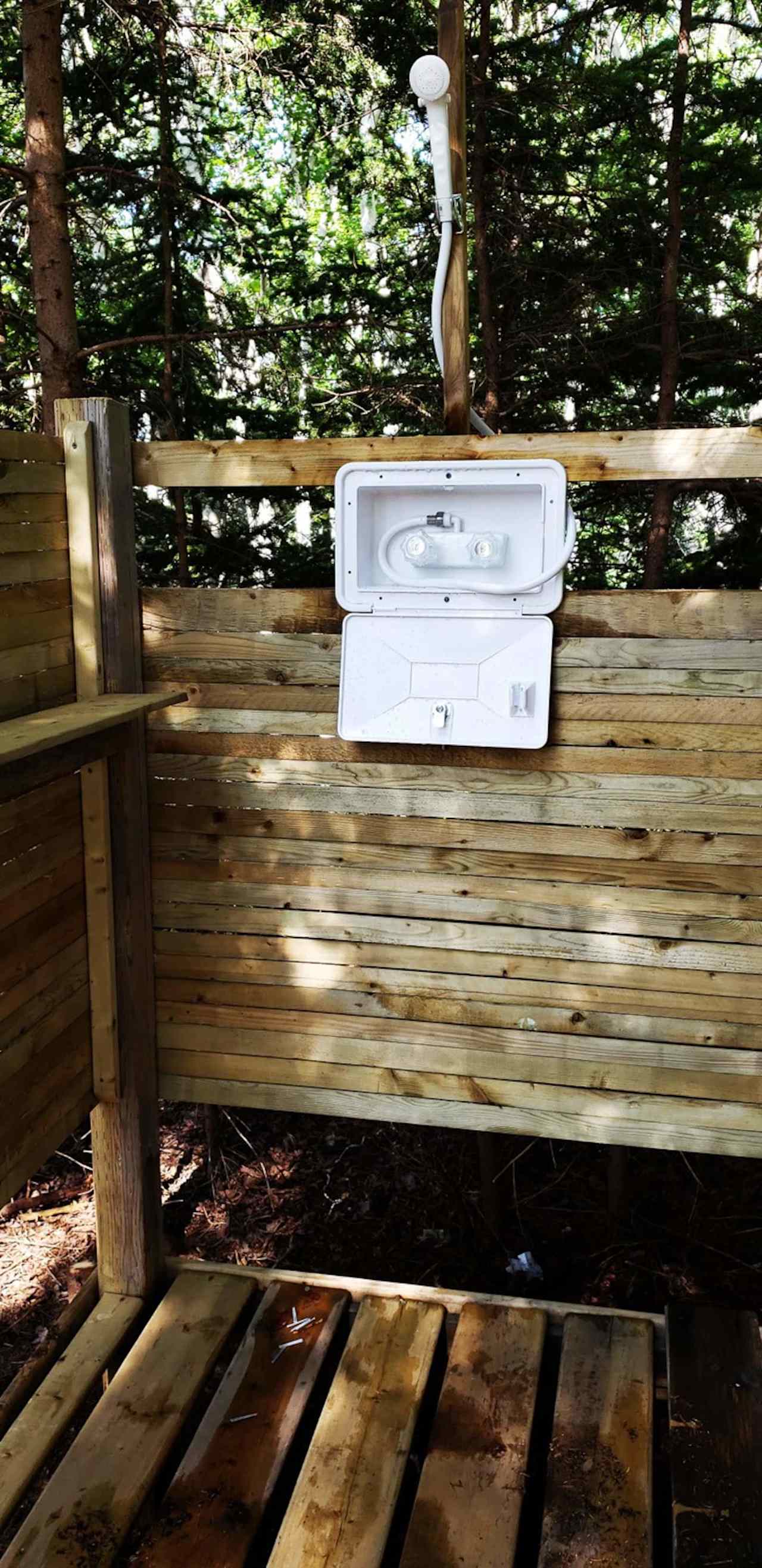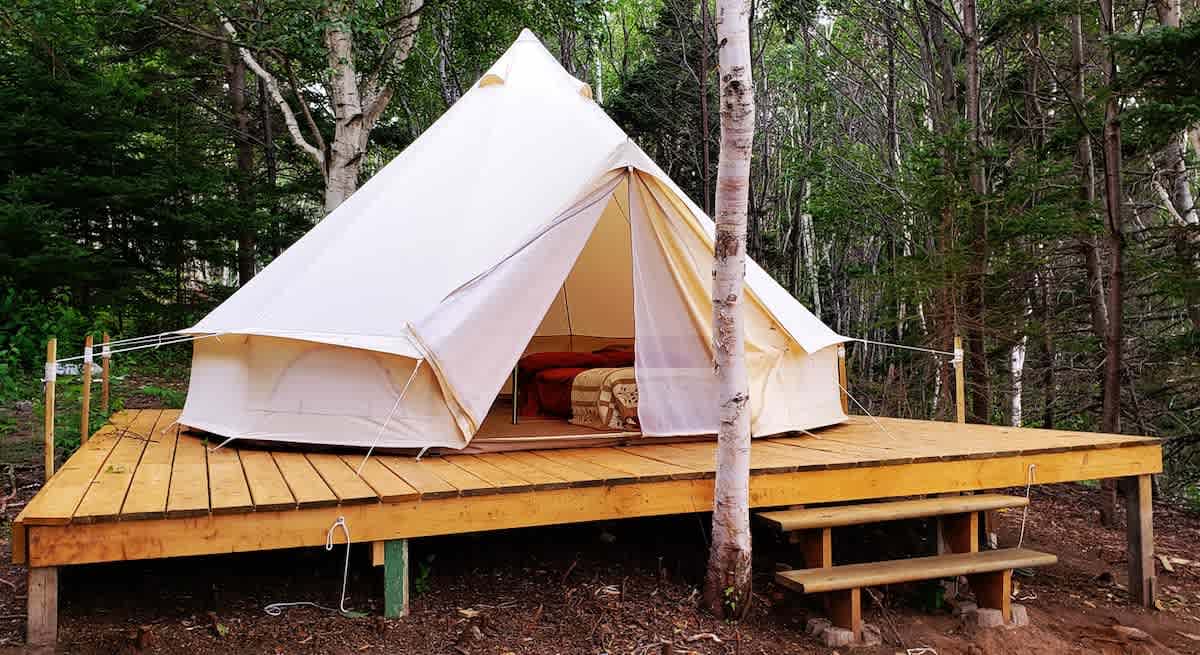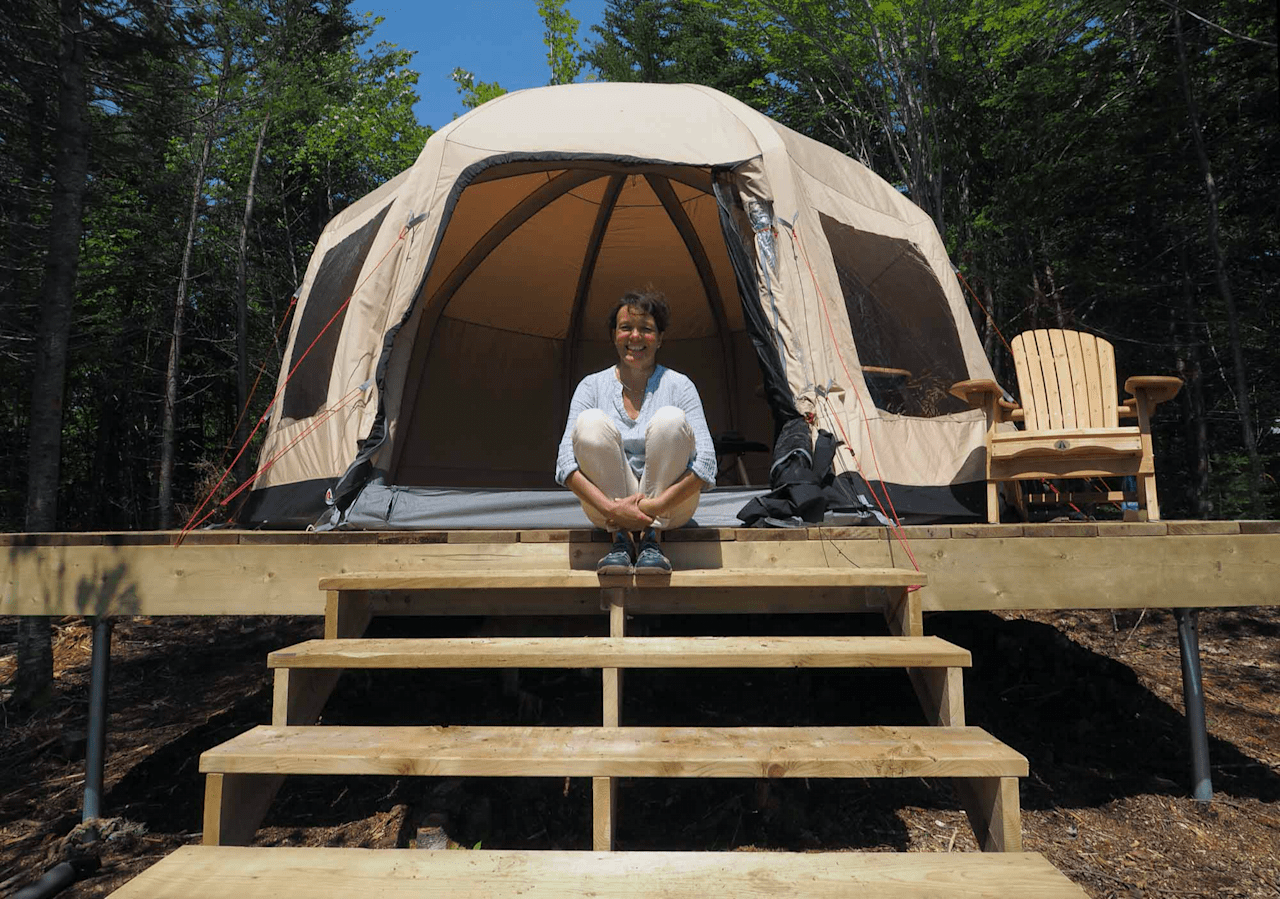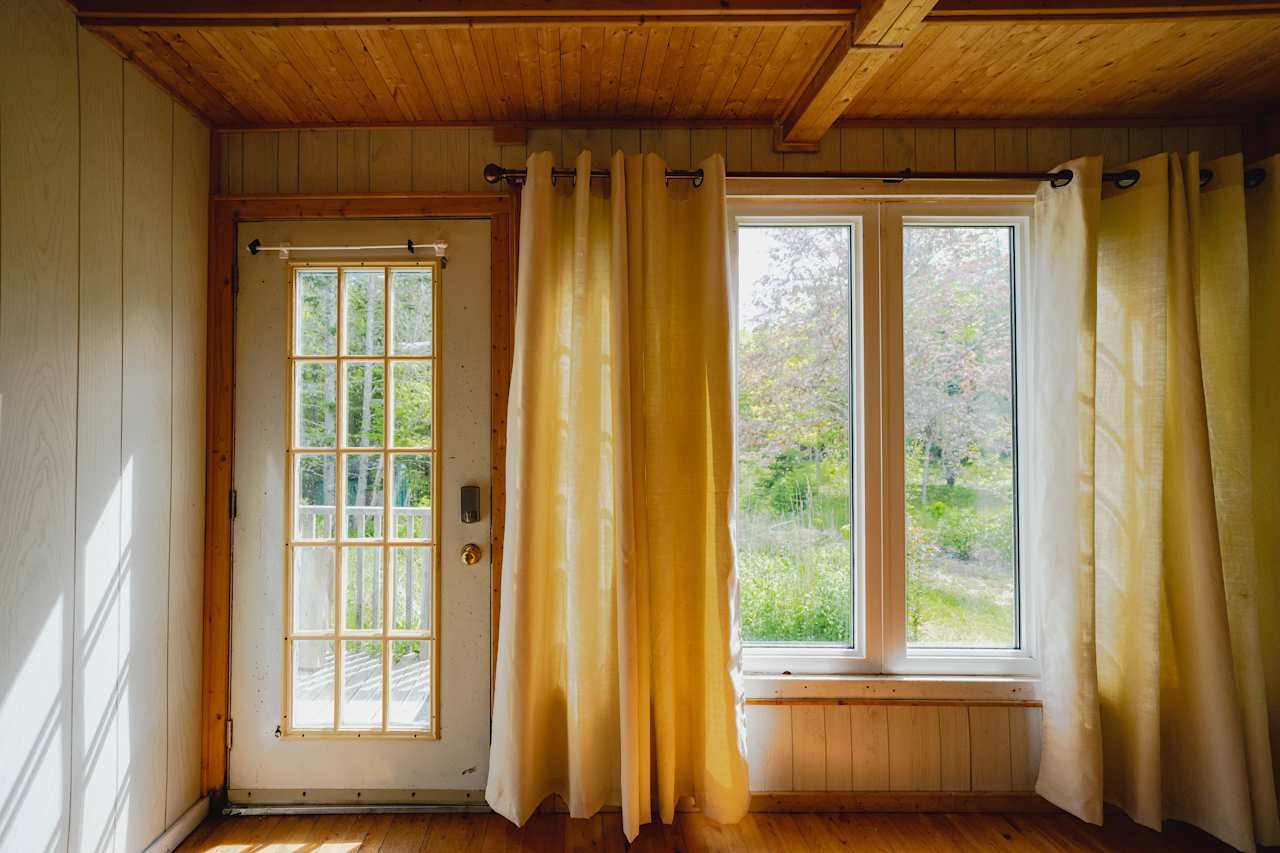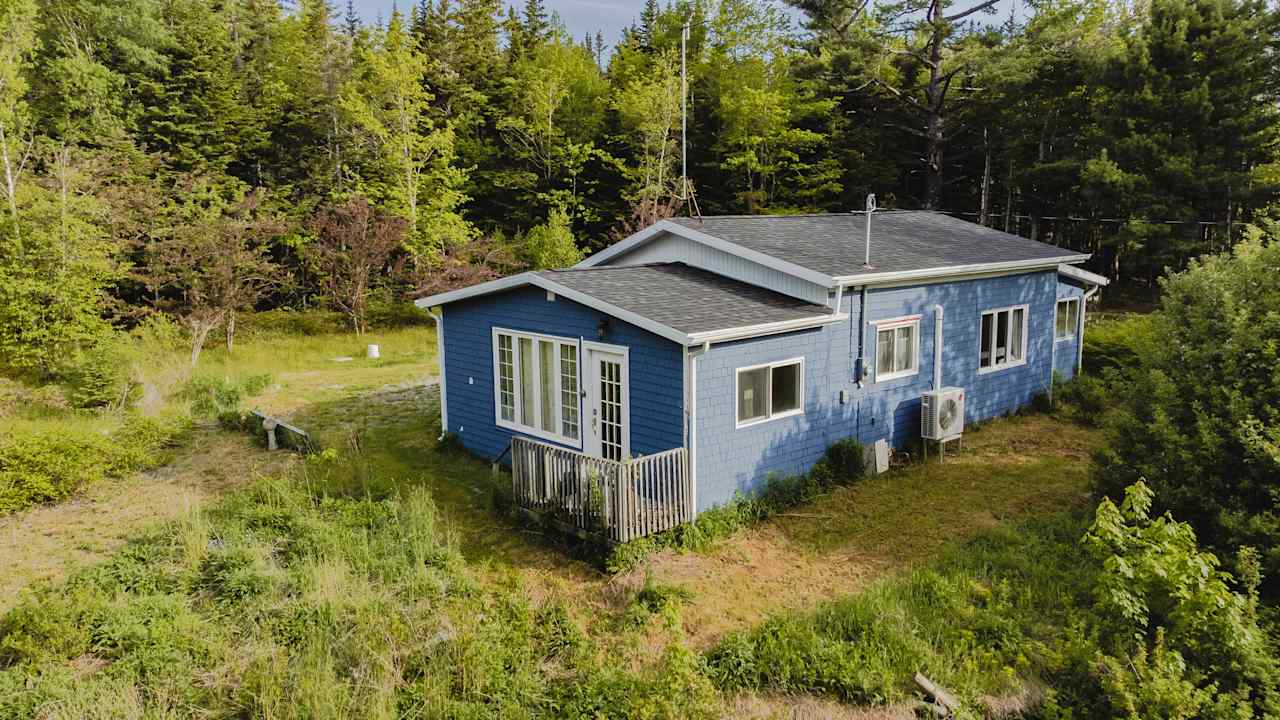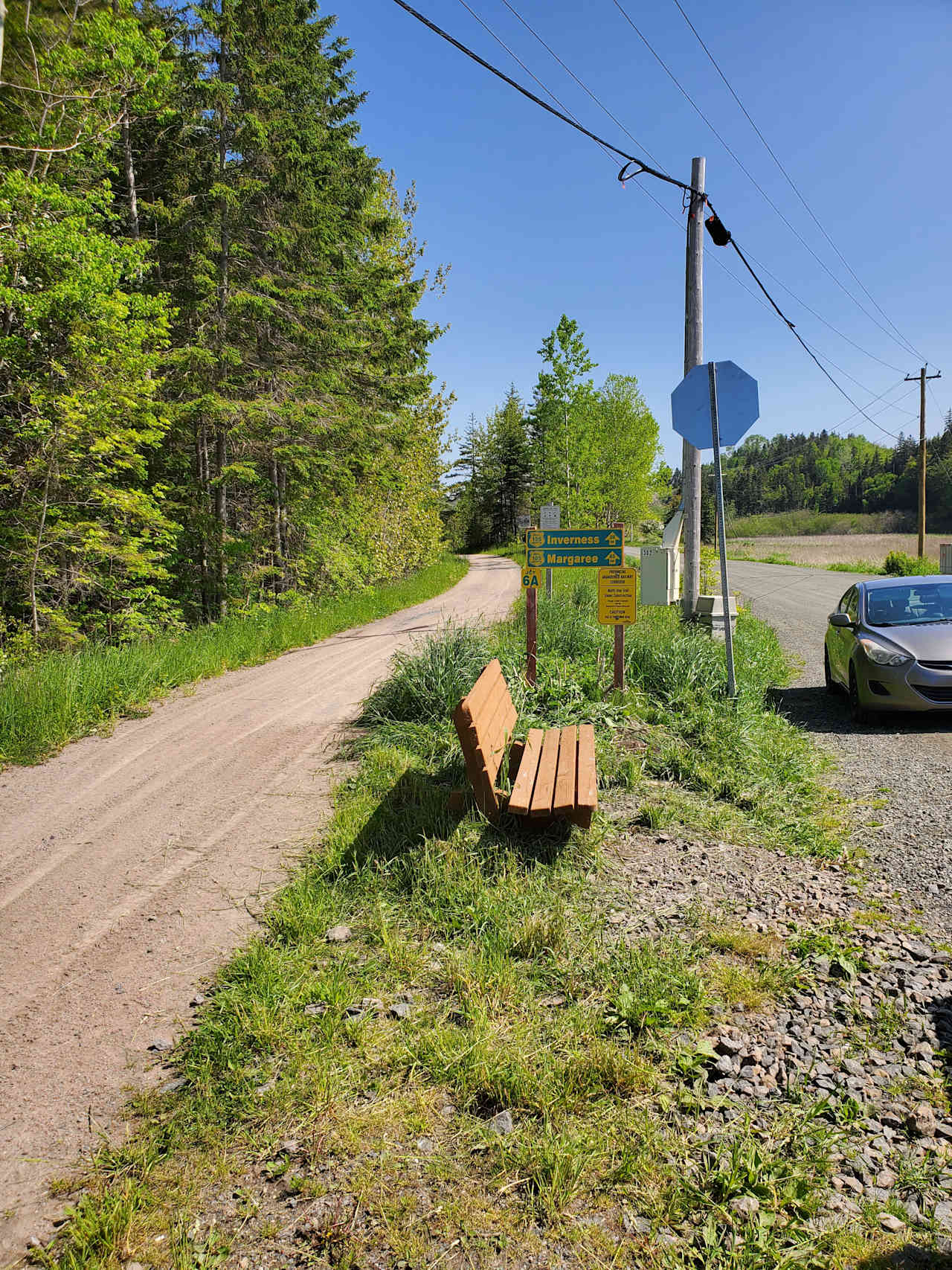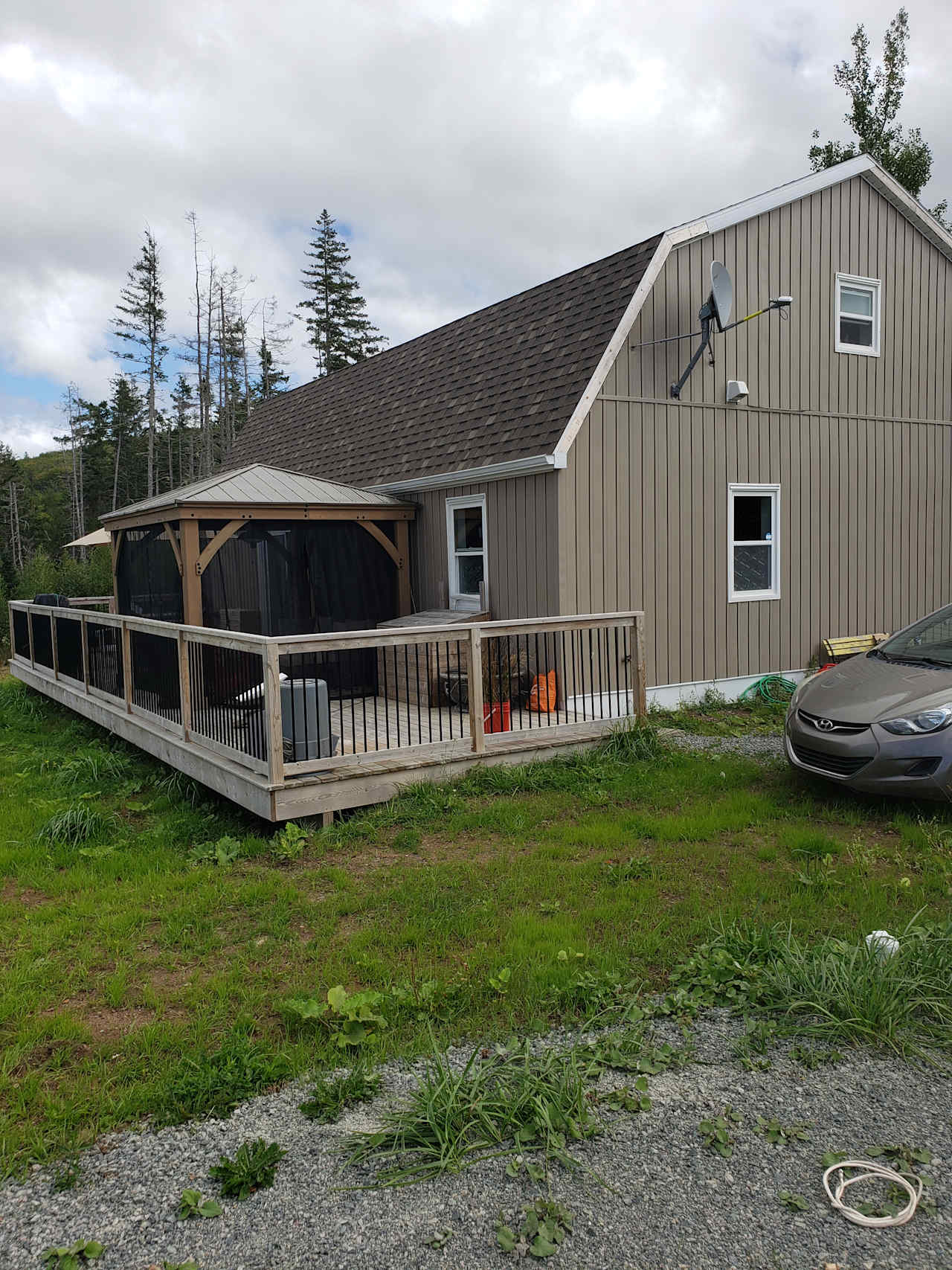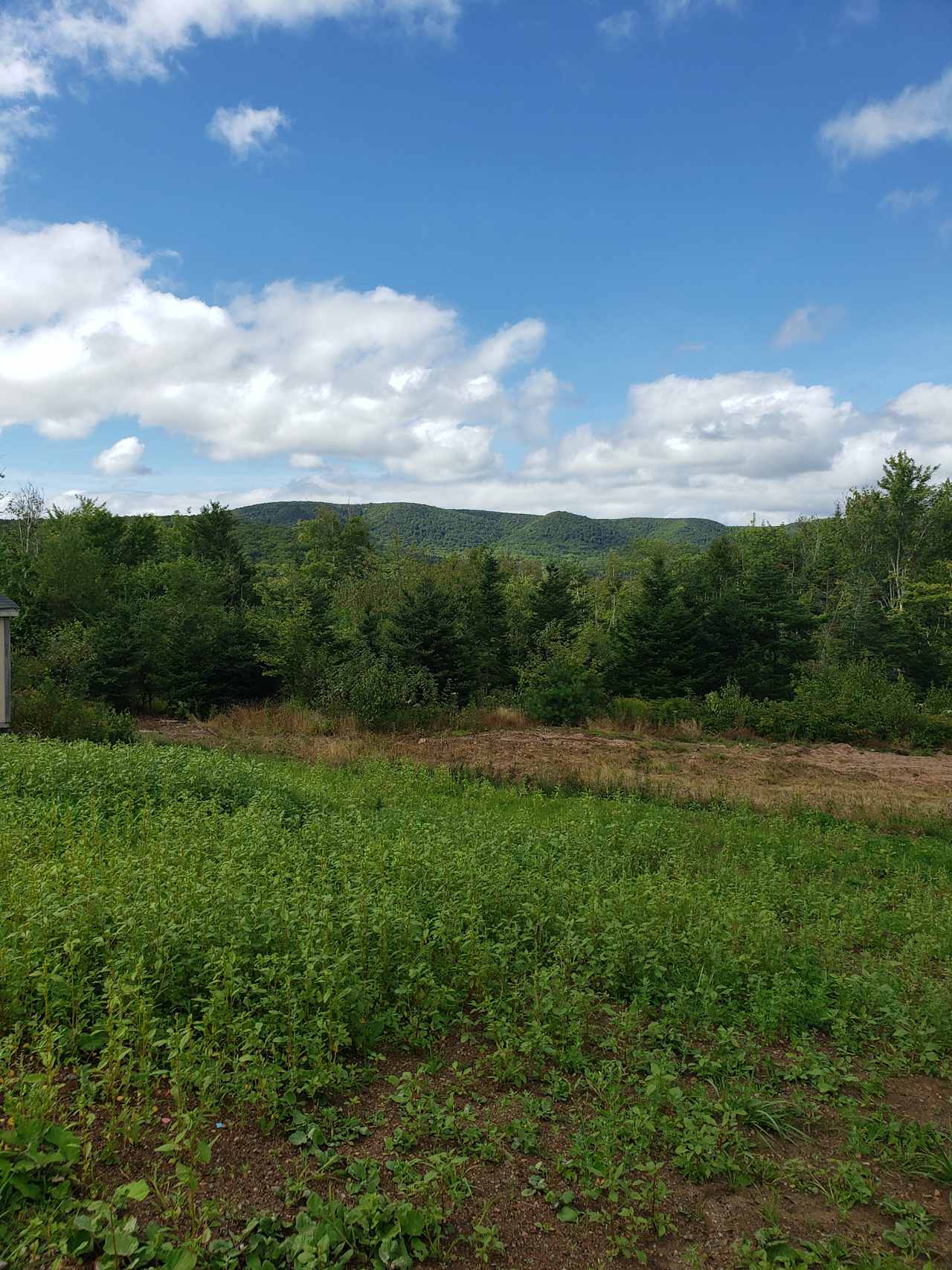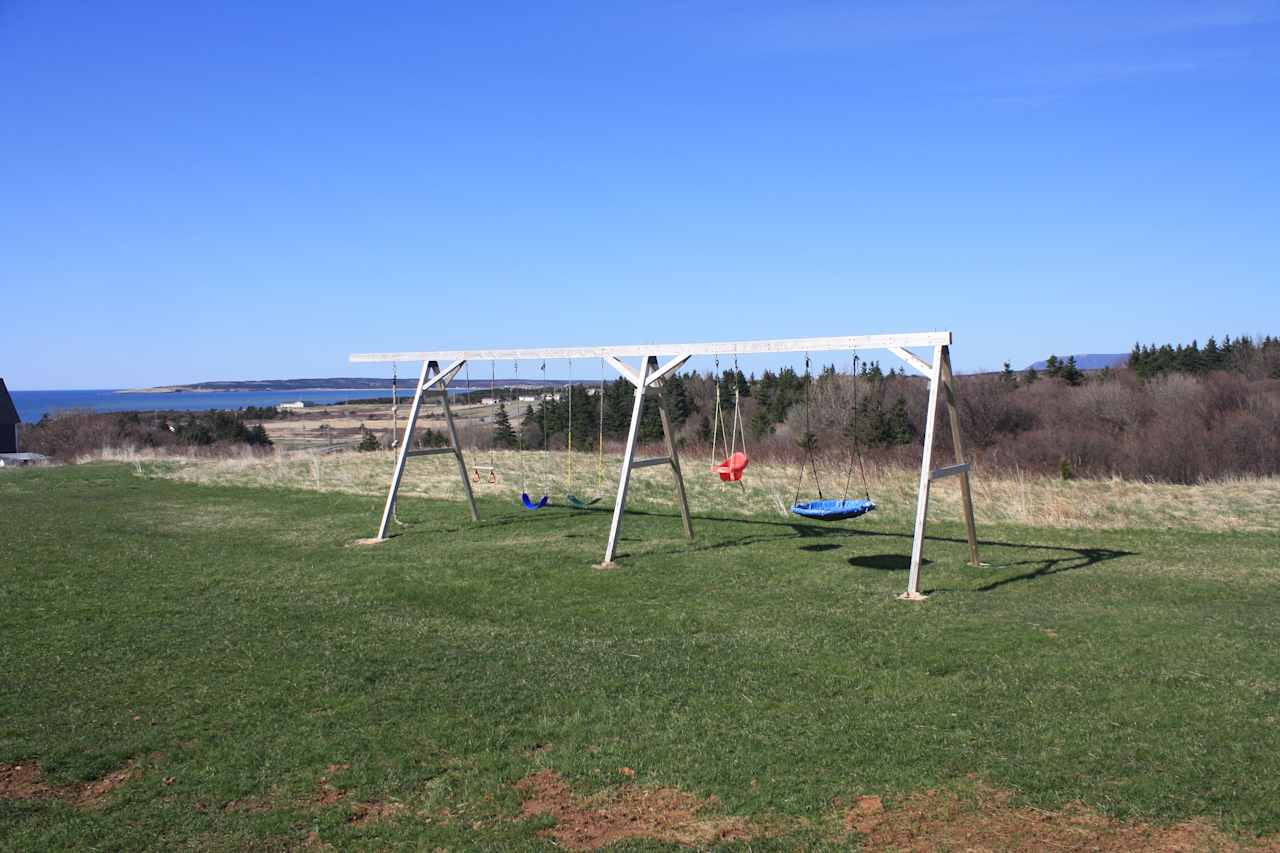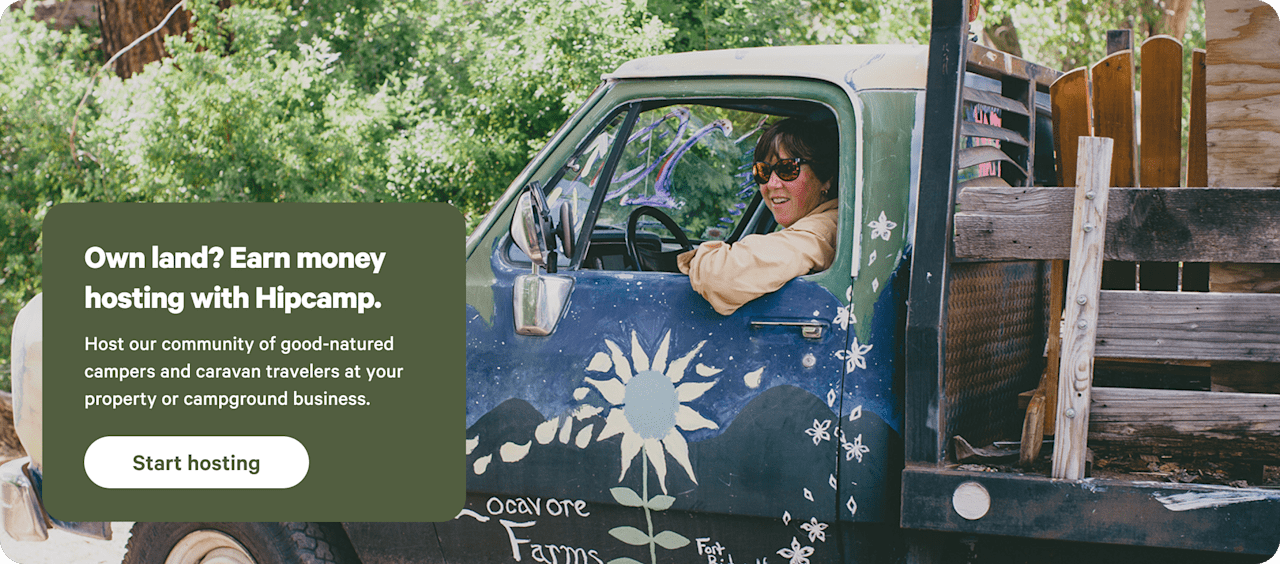Camping in Cape Breton Island with wifi provided
Rugged shorelines and friendly people welcome campers to the Maritimes.
- Cape Breton Island
Popular camping styles for Cape Breton Island
Dog-friendly getaways
10 top campgrounds in Cape Breton Island with wifi provided
Available this weekend
Under $50


Camping in Cape Breton Island with wifi provided guide
Overview
The island of Cape Breton, off the coast of Nova Scotia, is renowned for its music, natural beauty, and long Indigenous, Celtic, and Acadian history. Many visitors head to the island to drive the Cabot Trail, a loop of less than 300 kilometres, but campers should do themselves a favour and take a few days to do the route. It’s best enjoyed at a leisurely pace, with plenty of fascinating spots to explore and photo opps that will tempt you to stop.
Where to go
Cape Breton Highlands National Park
At 950 square kilometres, Cape Breton Highlands National Park covers most of Northern Cape Breton. Here you’ll find beaches, interpretive programming, and the chance to learn about Indigenous Mi’kmaw culture, plus 26 hiking trails, from gentle strolls to challenging treks through the highlands. Seven frontcountry campgrounds and one backcountry campground are available in the park, while additional private options are set nearby in the surrounding area.
Bras d’Or Lake
This massive estuary was designated a UNESCO Biosphere in 2011, and its mix of sea and freshwater houses many species of plants and animals. Canoeing and kayaking are popular on the inland sea, as is sailing, and several communities ring Bras d’Or, many with campgrounds near or on the water. One of the bigger centres, Baddeck, has a summer resort feel during high season and is a fun place to pitch a tent or paddle out to Kidston Island and its lighthouse.
Sydney
If you fly in from Halifax or further afield, this is where you land. The largest community on Camp Breton, Sydney went through a time of economic downturn around the turn of the century before the ingenuity of Cape Bretoners and their love for their home resulted in the creation of charming small community areas and a flourishing tourism industry. About a half hour’s drive from Sydney is Louisbourg, where it’s possible to set up camp at an area campground and set aside a day to visit the sprawling 18th-century Fortress of Louisbourg Historic Site. If a day isn’t enough, you can even camp right at the fort.
Cheticamp
Acadian culture is an important part of Cape Breton. In Cheticamp, you will see houses adorned with Acadian stars, hear the accent in the French language peppered in conversation, and taste it in the local food. Museums and boutiques showcase traditional crafts, while pubs often feature fiddle music. This region, on the west side of the island, is a great base from which to set out on cycling, whale watching, sea kayaking, or salmon fishing adventures.

